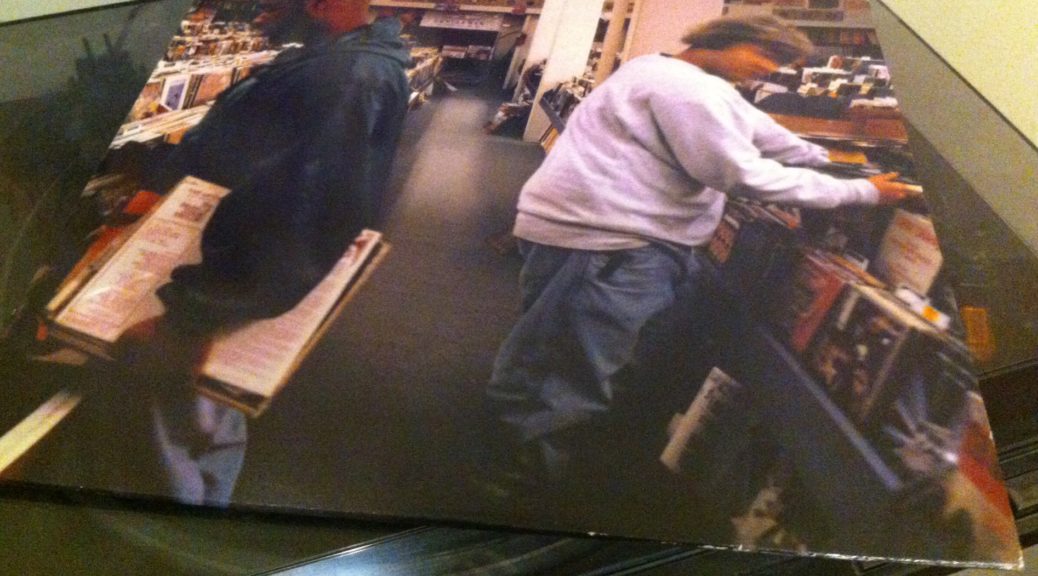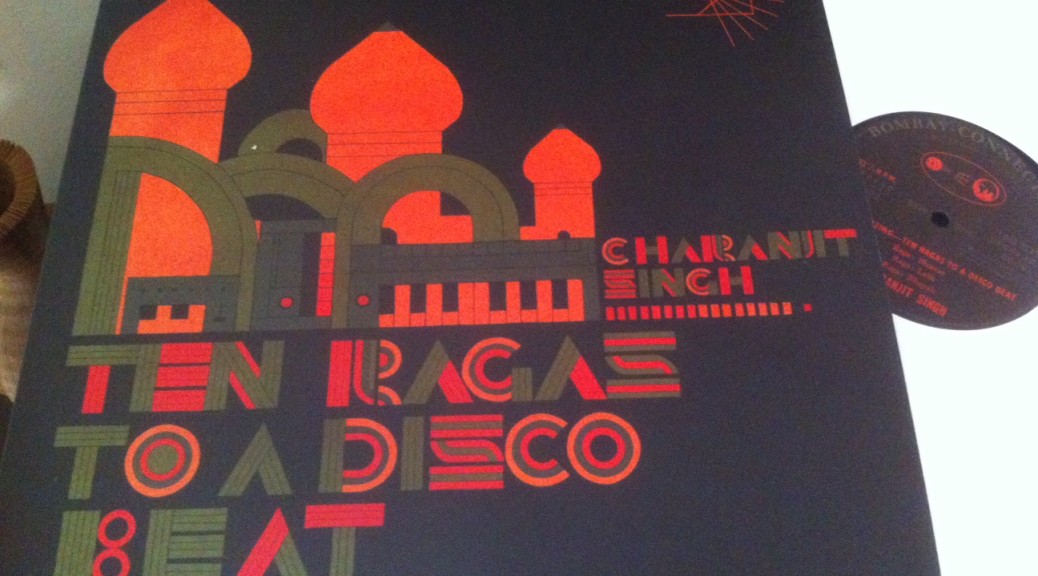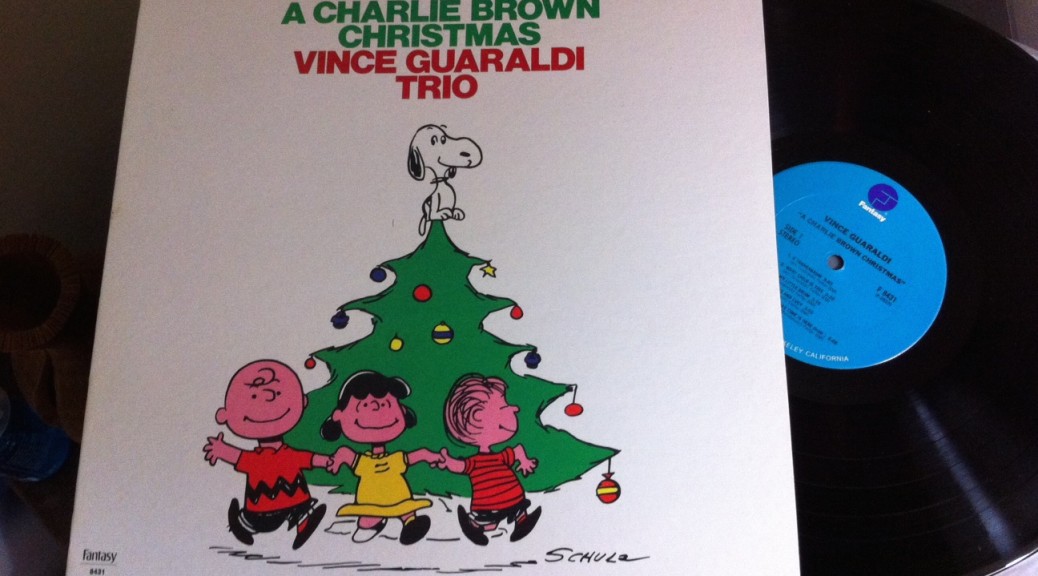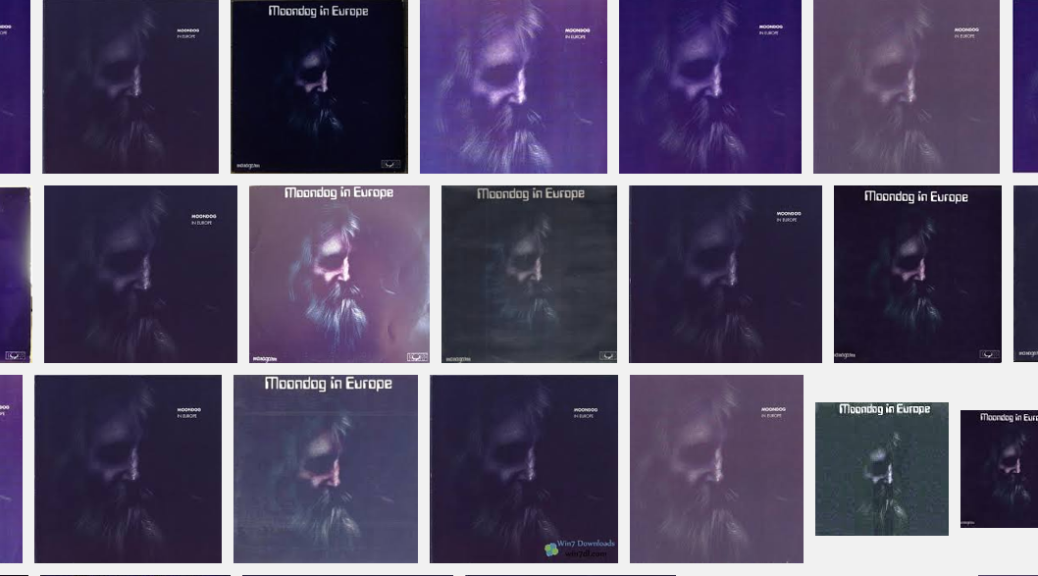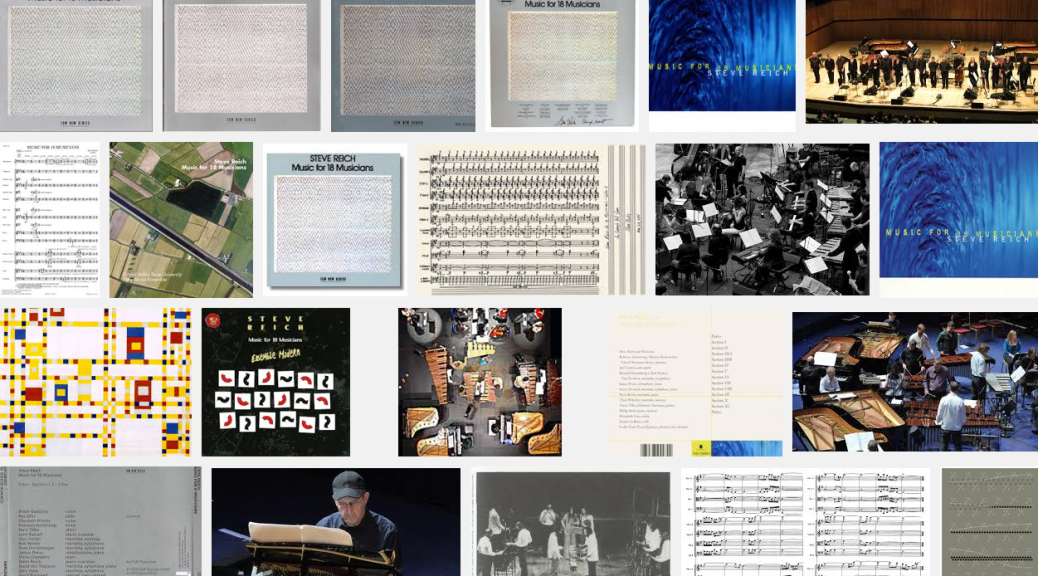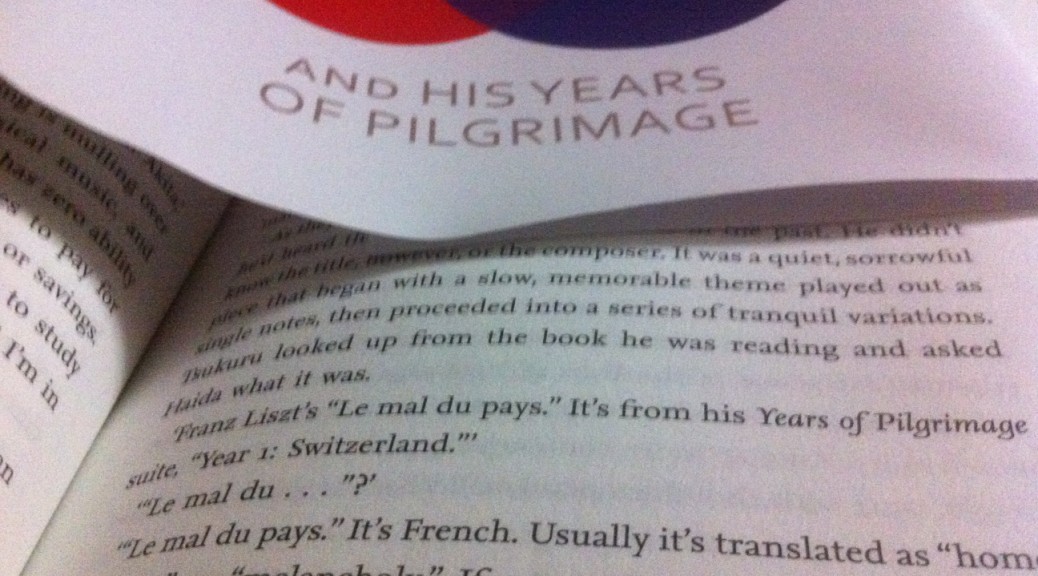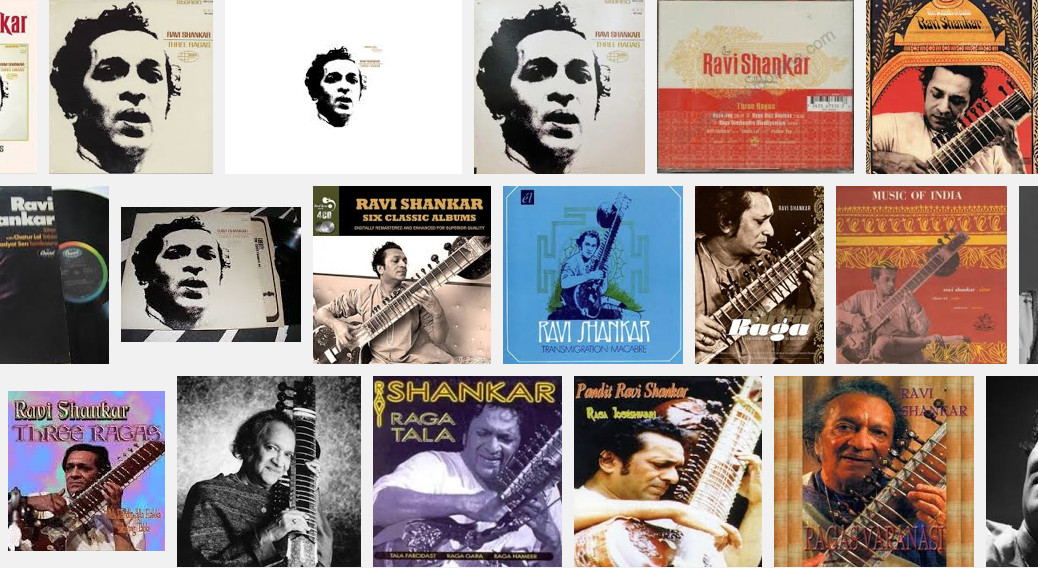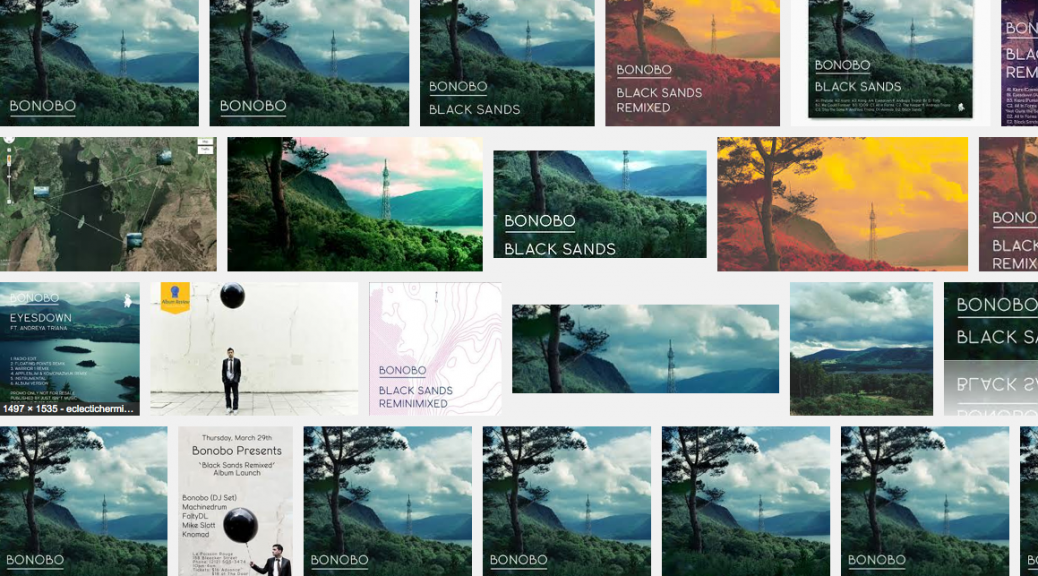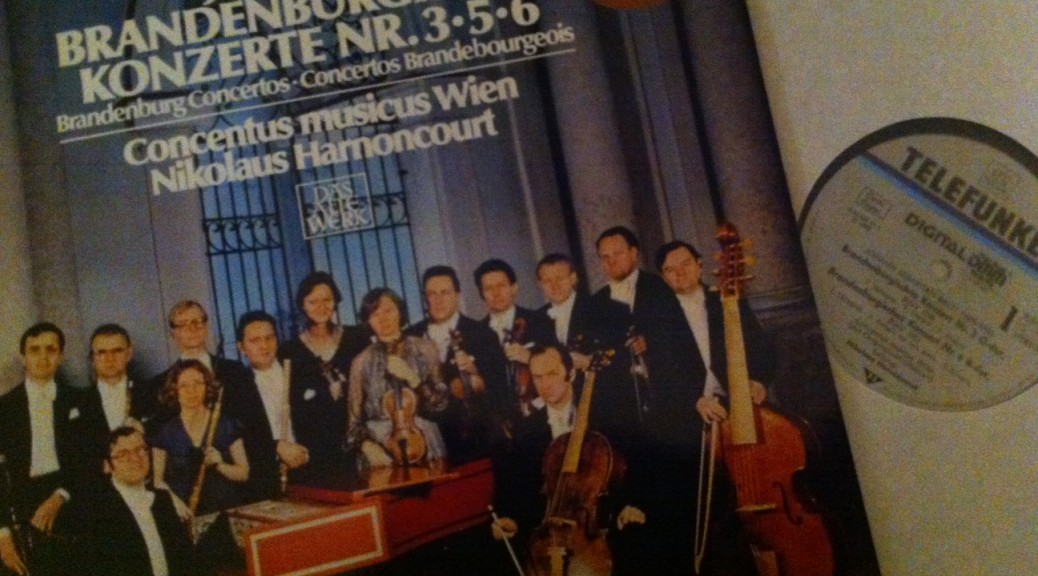Entroducing – DJ Shadow
If you need to send your brain to disneyland while you sink into some seriously deep grooves this is the album for you. Either way, it’s one of those albums that changed music, and showed what was possible when an amazing DJ flexes his mixing muscles, but serves the music.
Like most great albums and ones you can work to it takes you on a journey. It starts with samples and an introduction that might make you think it’s going to be a schizophrenic musical odyssey just before you hear, “Building Steam with a Grain of Salt.” When the bass kicks in a most relaxed way, you get a feeling for the groove that marks this album out like an albino at a tanning salon.
A mix of hip hop, samples, ambient, and light electronic. The whole album was recorded at DJ Shadow’s house, with minimal technology, before he finished it off at the studio of Dan the automator. Now this kind of mix of genre and beats is commonplace, but at the time was a landmark of groove and production. The album is a stand out and has not aged.
Jonny Greenwood from Radiohead have cited it as a key influence on the making of OK Computer. This is an album a lot of musicians love, so it inspired a lot of the music of the late nineties. Entroducing made it bigger in the UK than the US, but has grown as a classic album beloved by many, including critics.
There was talk of it being the world’s sample only album, but there are spoken word parts that have not come from samples. It sampled David Axelrod, Nirvana, Bjork, T-Rex, Marlena Shaw, and Twin Peaks to name a few.
Released
1996
Lyrics
No only samples. Shadow’s aim was to make a completely sample based piece of music, and it makes do with only a few vocal contributions from Gift of Gab and Lyrics Born.
Mood
Slow groove music, instrumental hip hop, electronic
Good to work to
This is a slow groove album. One I love listening to, and takes me into a relaxed place. For listeners who aren’t used to listening to any hip hop, or sampling, i.e. Not listening to music in coffee shops, the samples may grate to some extent to some extent, but they are purely part of the musical journey, and can help provide mini-breaks or re-sets in your thinking.
Like
While this kind of album that is commonplace now, at the time it was groundbreaking. It’s still a classic album. This genre of instrumental hip hop and house music is very main stream now. I can see aspects of this in artists like Bonobo, and lots of mood DJs like Wax Tailor. DJ Shadow takes it to a darker place.
The Artist/s
DJ Shadow aka Josh Davis is one of the world’s most influential DJs.
Other works
It’s a great mix with samples and nods to tracks such as Tears by Giorgio Moroder in Blood Donor. It leads to a lot of music, but this is perhaps what I’d see first.
The story is that after this album he realised that most of the money was going to the many people he had sampled when it was a high selling album. DJ Shadow followed it up with “The Private Press” another well received album, although his later output has not scaled the same heights as Entroducing.
Lovers of the slow groove may also like Bonobo, but Entroducing is definitely the superior album
For some reason this album reminds me of the Bitches Brew, a similarly dark cut and paste album you can read about.
He has some good albums, but his latest is my favourite at the moment. The Mountain with Fall, a different style album with tracks with collaborators like Run the Jewels rapping on the second track.
Where Can I buy it, and in what formats
You can get this album anywhere. I’ve had it in multiple formats, I love my vinyl copy, but iTunes is as good a place as any to get a copy.
The Verdict
I can’t recommend this album enough, but it’s not going to work as a writing album for everyone. You’ve got to be able to relax into these grooves for it to work for you. For me it takes me to another place.
